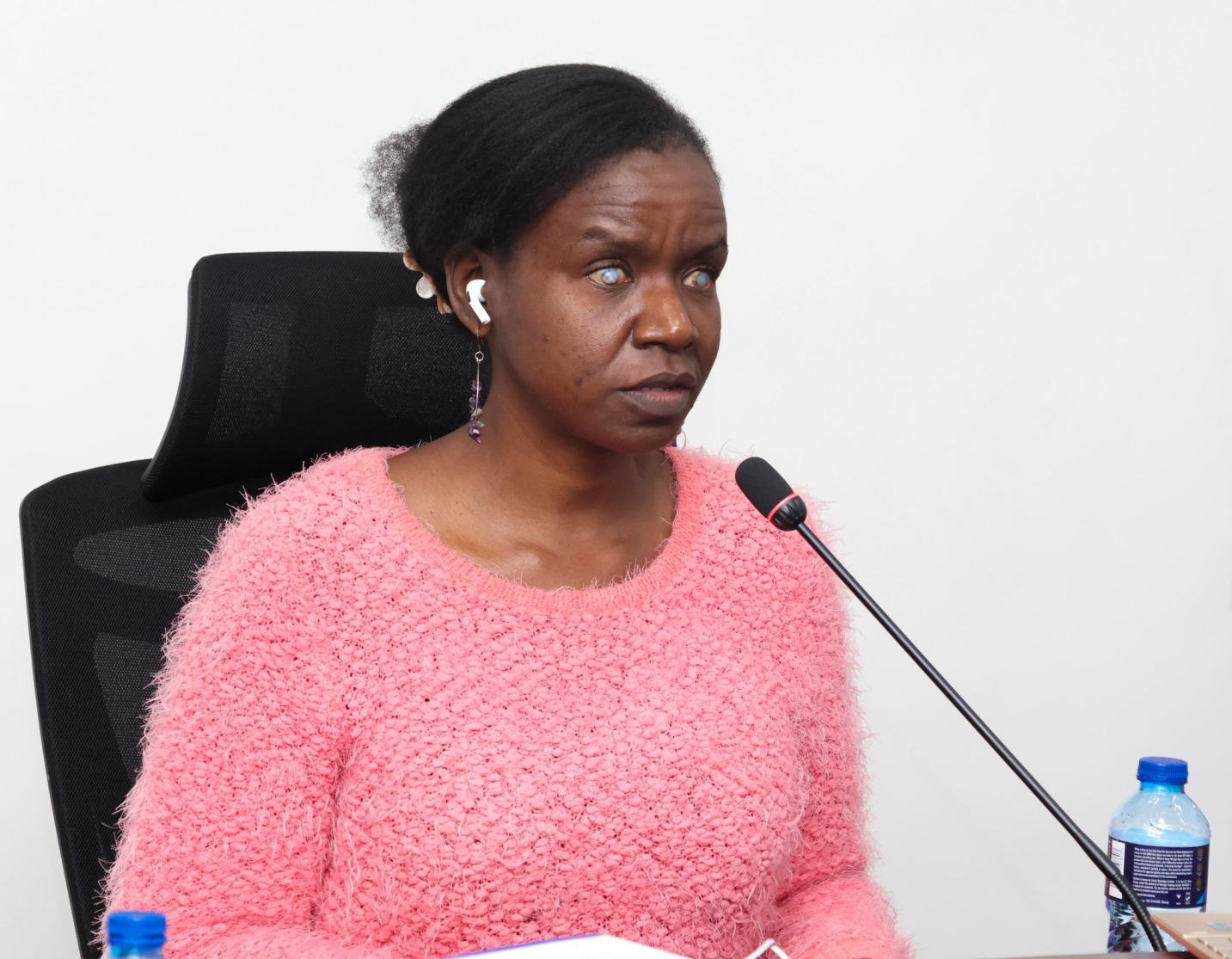The Senate has raised serious concerns over the lack of practical support for people living with invisible disabilities, highlighting a gap between policy promises and real-life experiences.
The Standing Committee on Labour and Social Welfare convened a session to respond to a petition by Beatrice Likwop, a Kenyan with invisible disabilities, who described how government plans have failed to translate into meaningful support.
The session brought together Health Cabinet Secretary Aden Duale, Social Protection Principal Secretary Joseph Motari, and representatives from the Council of Governors.
Beatrice’s testimony was both emotional and revealing. “Invisible disabilities are not only invisible in the body, they are invisible in the policy, invisible in the budget, invisible in the planning,” she said. “We are tired of being statistics on paper, yet nothing reaches us on the ground.”
Health CS Duale explained that the ministry has frameworks such as the Disability Medical Assessment and Categorization Guidelines (2022) that include invisible disabilities like epilepsy and mental health conditions.
He also outlined the rollout of several funds under the Social Health Authority, including the Emergency, Chronic and Critical Illness Fund, Social Health Insurance Fund, and Primary Health Care Fund.
He stressed ongoing training for health workers, saying, “The patient is now the boss.”
Despite these assurances, Senators pressed for more clarity. Senator Miraj Abdulrahman asked, “What are the timelines and monitoring mechanisms for these policies? What are the ministry’s strategies to make specialist care affordable for those who cannot afford private facilities?”
CS Duale responded that timelines are embedded within health policy and supported by digital tracking, with continuous training for healthcare workers to better manage invisible conditions.
Yet, petitioners shared harsh realities that contradict these frameworks. Beatrice lamented that registration with the Social Health Insurance Fund has not guaranteed access to essential medication. “
You say essential drugs are provided. But I go to the hospital and I’m told they’re out of stock. I’m jobless, yet I must pay quarterly to a fund that doesn’t support me in return,” she said.
Alice Bundia, who cares for an autistic young adult, highlighted the absence of visible identification for children with invisible disabilities. She urged for “visible identifiers like sunflower bracelets” to help such children avoid being mistaken for troublemakers or ending up in police custody.
Joseph Motari acknowledged discussions around identifiers but cited fears of stigma as a barrier to their introduction.
The session concluded with a clear call for urgent action: comprehensive training for health workers, teachers, and law enforcement on invisible disabilities; updates to laws and policies to explicitly include invisible disabilities; home-to-home surveys to collect accurate data; equitable distribution of social protection funds; and stronger oversight to ensure counties meet national health objectives.
Senator Crystal Asige summarized the committee’s stance: “It’s about dignity, about being seen, heard, and supported. We must protect every Kenyan, especially those who are invisible but not forgotten.”

